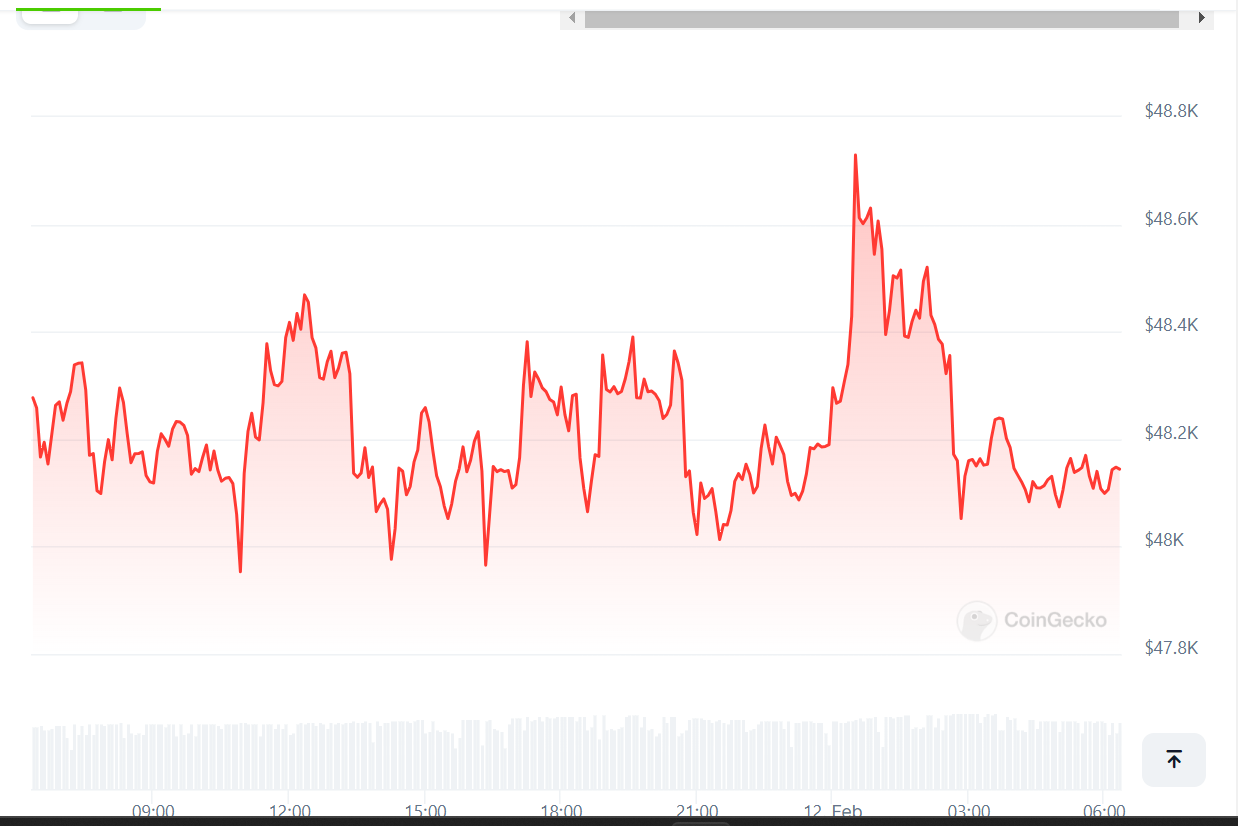Having a solid risk management strategy is an essential part of crypto trading. Investing and trading cryptocurrencies can easily go south. So, this necessitates having strategies to reduce the risks to your portfolio.
Most crypto traders have a high-risk tolerance. However, risk management goes beyond weighing the pros and cons of your investment. It involves analyzing the financial risks of your investment choices and finding ways to minimize them.
Risk Management in Crypto Investments
A good risk management strategy involves finding ways to reduce your portfolio’s risk exposure. Risk strategy begins with analyzing your current risk exposure and deploying strategic measures to address and protect your investments. Some strategies involve investing in various asset classes and acquiring loss insurance.
Skills TRADER should possess:
1. Analytical Skills
2. Research
3. Emotional Intelligence
4. Record Keeping
5. Risk ManagementThese skills are the fundamental building blocks that make great traders. With these skills you can adapt to any market (Stocks, NFTs, Crypto), etc.
— Chemist 🧪 (@ChemistDeFi) February 8, 2024
The Importance of Risk Management in Crypto Trading
Investing in crypto comes with a high level of risk. Projects can crash overnight, and prices crumble almost remarkably due to the volatile nature of digital assets. So, the unpredictable nature of cryptocurrencies can be hard for new investors to grasp.
If you can't handle losses,
You can't handle trading.
Your success in trading depends on your trading system.
Some of you trade without one!
A Trading System Is:
Your risk management plan
Your strategy
Your trading rules
For it to work you need to know:
Your win rate…— Crypto Ninja (@CryptoNinja4444) February 10, 2024
However, the growth and expansion of the crypto market demand every trader to have risk management strategies to lower their exposure to possible risks. Here are some of the common risk management strategies to implement:
1) Leveraging Stop – Loss and Take Profit Points:
A stop-loss order is like a safety net for your investment. You choose a price below the current value of the asset. If the price drops to that level, the order kicks in and sells the asset, preventing further losses. On the flip side, a take-profit order is when you set a price at which you want to sell your asset to lock in your profit.
Investing always needs specific strategies, clear stop-loss points, available take-profit points, and importantly, always be ready to accept what you can lose within your ability. Only then will you be a great success
— NFTMystic332.ocean (@nftmystic398791) February 11, 2024
These orders help you handle risk in a couple of ways. First off, you can set them in advance, so they’re automatic. This means you don’t have to watch the markets constantly. Plus, it helps you stick to your limits for how much you’re willing to lose or gain.
2) The 1% rule
The 1% rule is a basic way to manage risk. It means you shouldn’t risk more than 1% of all the money you have when you invest or trade. Let’s say you have $10,000 and you want to practice the 1% rule, there are several approaches to adopt.
One option is to use all $10,000 to buy Bitcoin (BTC). Then, you set a stop-loss or stop-limit order to sell it if the price drops to $9,900. This way, you’d only lose 1% of your total investment capital, which is $100.
You can also decide to buy $100 worth of ether (ETH). However, you do not have to set a stop-loss order. This way, even if the price of ETH drops to zero, you’d only lose a maximum of 1% of all the money you put in. The 1% rule isn’t about how much you invest but about how much you’re willing to risk on each investment.
This rule factors in the fact that the market can change a lot and quickly. It’s easy to want to make big gains fast, but some people risk too much money on one investment and end up losing a lot, hoping their luck will change.
3) Always Know When to Leave
One of the best ways to protect yourself is by having and sticking to an exit strategy. Top traders know when to cut their losses, take their profits, and exit a trade. Staying too long in a trade can have serious consequences.
Sometimes, it’s tempting to keep going when you’re making money or to hold onto a cryptocurrency even when its value is dropping. Your exit strategy helps prevent emotions like excitement or loyalty to a particular cryptocurrency from affecting your choices.
If you’re new to crypto, PLEASE don’t get caught up in these predictions. Just know what you have and create an exit strategy best fits your family’s needs💯 https://t.co/OI9j0f6imp
— XRP-JayB🐝 (@JayBlessed901) February 5, 2023
Limit orders are a useful tool to help you follow your exit strategy. These orders automatically activate when the price hits your set limit, allowing you to either stop further losses or cash in on your profits.
4) Diversifying and hedging
Diversifying your investments is a good risk management strategy. This involves spreading out your money across different assets instead of putting it all in one place. Diversification helps prevent big losses if one of your investments doesn’t do well.
Hedging is a bit more complex. It’s a strategy to protect your profits or reduce losses by buying something else. Futures is a perfect hedging strategy. A futures contract allows you to fix a price for something that you’ll buy or sell later.
For risk management → diversify your portfolio
For better gains → look for small market caps
For conserving profits → trade without emotion
For more friends → don’t trade crypto
— van00sa (@van00sa) February 11, 2024
Let’s say you think the price of Bitcoin will drop. To protect yourself from this risk, you can enter into a futures contract to sell your bitcoin for $20,000 in three months. If, after three months, the price of Bitcoin falls to $15,000 as you predicted, you’ll make money from your futures contract.
5) Learn to do your Own Research
There’s a lot of misinformation in crypto. So, learning how to research is a great way to minimize losses. It’s important to do your due diligence on a project or coin before making a financial commitment to it. In addition, you must evaluate the project’s white paper, tokenomics, partnerships, plans, community, and other basics.
Practicing these strategies would greatly minimize your chances of incurring great losses while trading or investing.





























